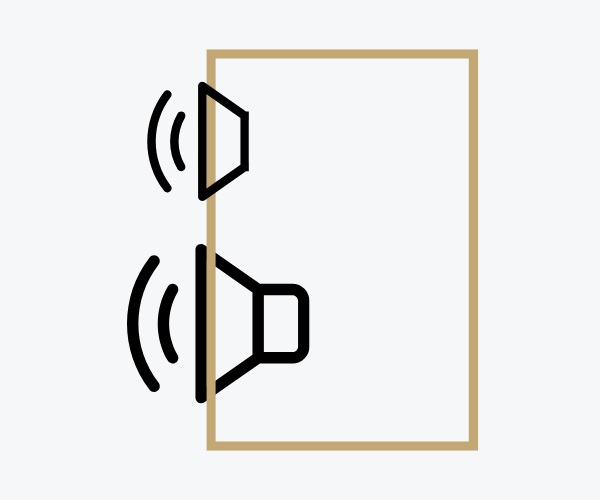Why Passive Radiator Boxes Matter
Every loudspeaker driver needs a carefully thought-out enclosure to unleash its full potential. Without a box, the back wave of the cone interferes with the front wave, canceling bass frequencies and making the sound thin. That’s why enclosure design is as important as the driver itself.
While sealed and bass-reflex boxes are the most commonly used, there exists a more refined approach: the passive radiator. It looks much like a regular speaker cone without a magnet or voice coil, and its sole role is to vibrate in sympathy with the active driver. This design essentially replaces the air mass in a port with the mass of a cone.
At first glance, it feels like a small twist on the bass-reflex principle. But the differences are deeper and have strong consequences for the sound, box size, and tuning possibilities.
